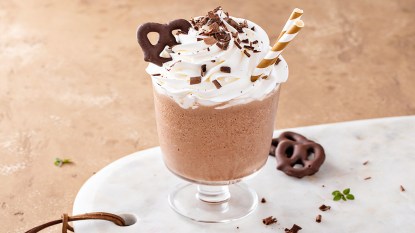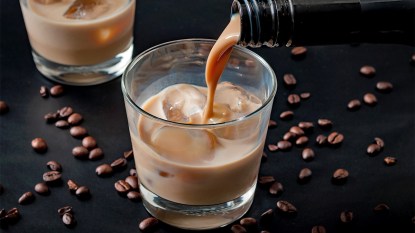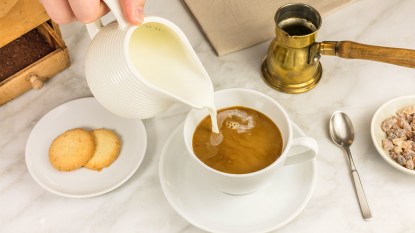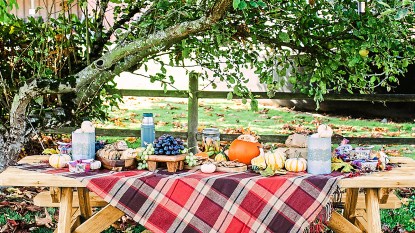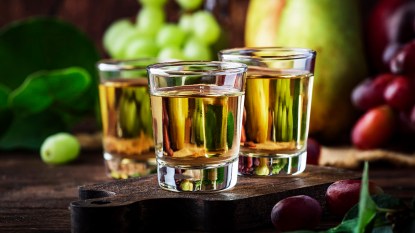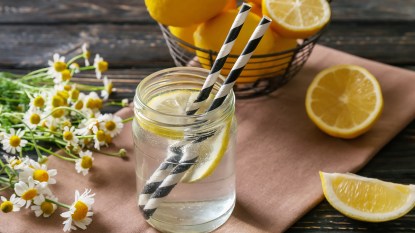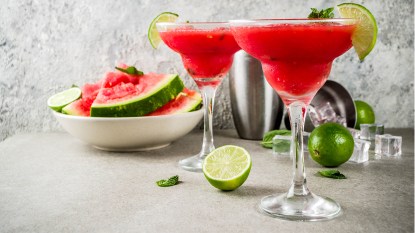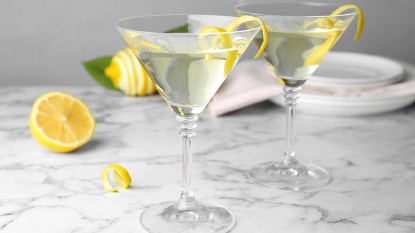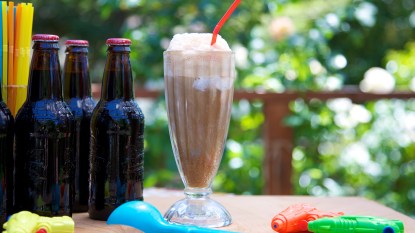Stumped When Choosing a Bottle of Wine? Here Are 3 Tips From the Queen’s Former Wine Cellar Advisor
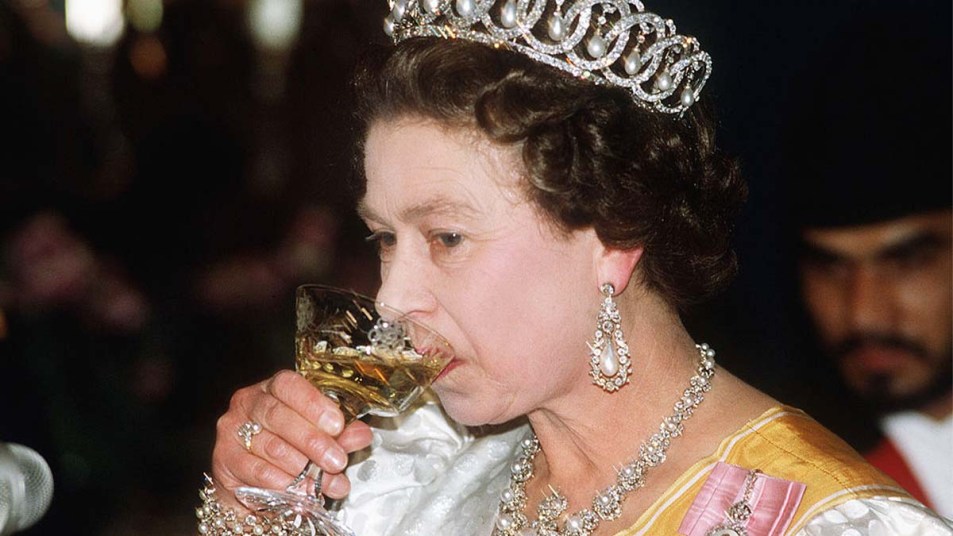
A long day’s work deserves a reward. Occasionally, that reward is glass of wine. The trouble is that I’m a wine novice, and I’m not always sure which wine will suit my taste and what to look for when I’m shopping for wine. Recently, I’ve turned to Jancis Robinson, the late Queen Elizabeth‘s former wine cellar advisor, and her three simple tips for choosing great wines, and it’s been a great help to me.
To say that Robinson knows the ins and outs of the Queen’s wine palate would be an understatement. She reveals to FEMAIL that she tastes more than 10,000 wines each year and is a member of the Royal Household Wine Committee. This committee is responsible for selecting the wines served to guests at Buckingham Palace and Windsor Castle. She was also named the world’s most influential wine critic in 2018 by The Best Wine of the World. Robinson is now sharing her royal wine expertise so that you can pick up a better bottle from your local grocery store or wine shop!
Younger is better for cheaper wines.
If you’re me, splurging on wine is something you’ll do for a birthday or holiday. But for a casual evening sip, something on the cheaper side will suffice. Robinson suggests that if you’re going the inexpensive route, avoid choosing an older wine. “Older vintages will have lost [their] youthful charm and can taste a little flat or tired,” she says.
Instead, she encourages buying a younger wine so that it hasn’t lost its aroma. Plus, the wine’s tasting notes will still be fresh and vibrant, ensuring that your favorite red or white is as flavorful as can be.
Steer clear of bottles that are stored in direct light.
Robinson says that bottles that are stored in direct sources of light are another no-no when it comes to purchasing wine, especially sparkling varieties. “‘UV light negatively impacts the wine so that fresh, vibrant aromas and flavors are lost and replaced by cooked, stale ones,” she explains. “In extreme examples, there might even be notes of cabbage or damp cardboard.”
To avoid this, she suggests steering clear of bottles that are kept in a fridge or sold in the brightest part of the store. The same applies to wines in clear glass bottles, as glass is not very effective at blocking out harmful light. As you can see, less light exposure means a tastier bottle of wine.
Natural corks should be stored horizontally.
Wine corks are key to ensuring that the liquid is sealed within the bottle. They also prevent the wine from being exposed to oxygen, which could ruin its taste, aroma, and color. Robinson notes that natural corks should be in constant contact with the wine. It these corks don’t touch the wine at all times, they can dry out and lose their tight grip.
This last reason — ensuring the cork is always touching the wine — is why Robinson warns against buying bottles that are stored in an upright position. “This [position] causes premature oxidation, which causes the wine to change color, picking up brown tints and [impacting] negatively on the aromas and flavors,” she says. A simple trick for avoiding this is to choose bottles that are stored horizontally instead.
A taste of the royal life can be a reality thanks to these tips from Queen Elizabeth’s wine cellar advisor. Picking up a bottle of red will be a breeze for me going forward, which means a more relaxed and pleasurable wine experience. Cheers!


